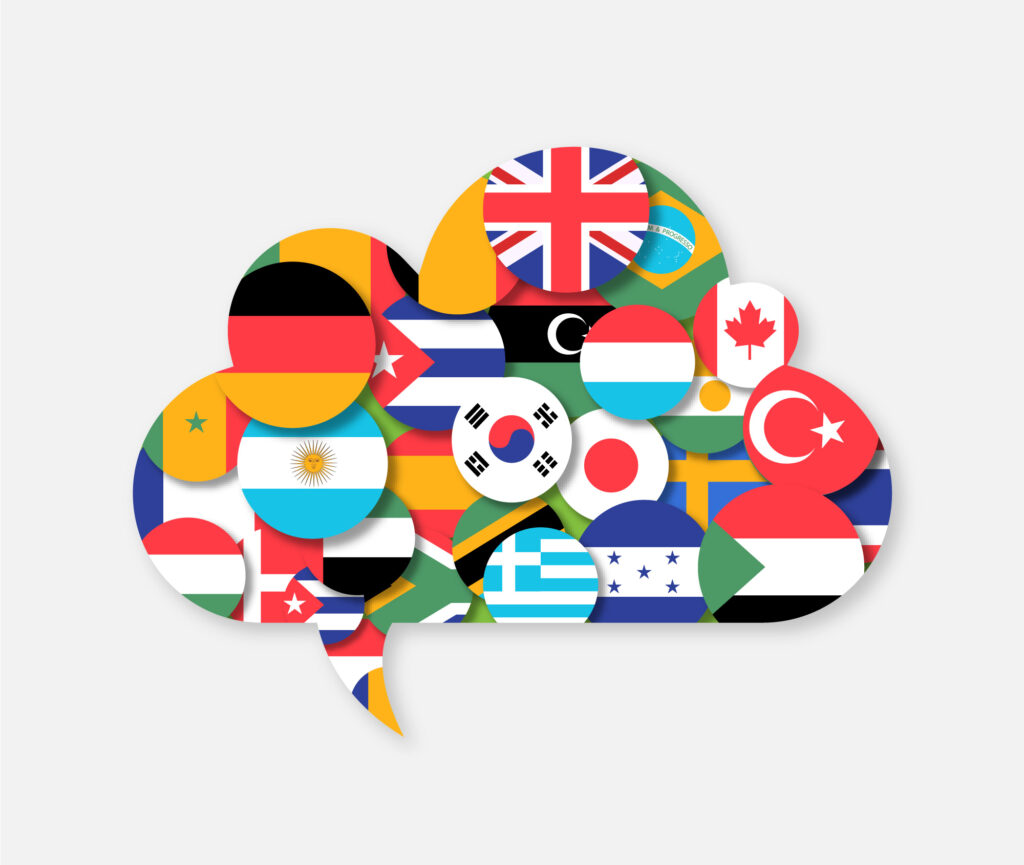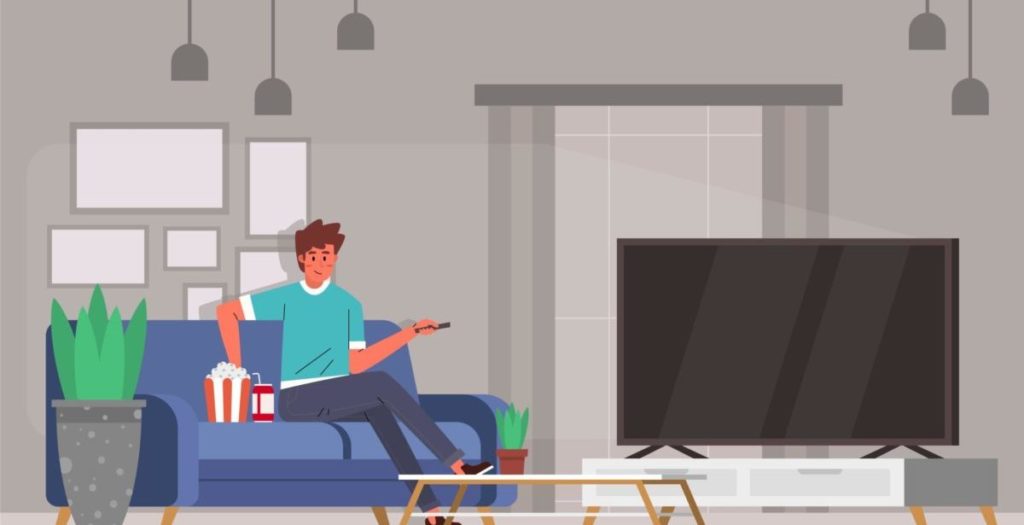M+E Connections

M&E Journal: How COVID-19 Changed the Language Localization Industry Worldwide
Story Highlights
There is no doubt that the past couple of years have been challenging, unusual, a learning opportunity and has taught us all a huge lesson that our industry, any industry, can be hit hard.
Whether you were in France, Israel, Brazil, Spain, Japan, or the U.S., almost overnight, you and your team were faced with events and decisions that absolutely none of us could have been prepared for.
Overnight, broadcast schedules were changed. Ballgames and in-person events were cancelled. Programmers at the networks were thrown into a head spin as commercials were pulled, along with anything featuring audience participation.
 Some say that COVID taught us a lot. We tend to agree. And many of the pandemic procedures that were implemented overnight out of necessity, we believe, will most likely be with us all for the long run.
Some say that COVID taught us a lot. We tend to agree. And many of the pandemic procedures that were implemented overnight out of necessity, we believe, will most likely be with us all for the long run.
We do know that television viewership, around the globe, increased dramatically during the past two-plus years, as we were all obliged to spend more time at home.
Some reports say that in-home viewing increased by greater than 75 percent.
Many of the OTTs reported an increase in viewing time per household by nearly 50 percent.
And we all know that increased viewing hours per household resulted in a demand for more programming of all kinds.
That this increase in global viewership has directly led to more work for the worldwide localization industry is quite positive for our end of the business, for sure.
In fact, as a media provider, our home base studio in Miami was designated as a segment of the local business community that was permitted to stay open while other businesses were forced to shut down.
We provided a service that was essential, as government regulators realized that TV and streamers were a necessity during the predicted long-term pandemic period.
Production globally was shut down immediately at the onset of the pandemic. Broadway closed. Movie theatres were almost all out of business and some first-run feature films were forced to make their debut on television.
Award shows were reduced to Zoom calls.
This was something we have never seen in our lifetime and which none of us could have been prepared for.
Technology, however, gave us our new reality.
Zoom calls replaced in-person meetings and were the only road toward retaining any form of “teamwork” in any situation. Few of us had heard of Zoom before the pandemic set in.
 The company itself reports an 88 percent growth in 2020, and in 2021, Zoom’s revenues increased by 326 percent.
The company itself reports an 88 percent growth in 2020, and in 2021, Zoom’s revenues increased by 326 percent.
Remote recording studios, with a low-cost, but professional set-up that our engineering team constructed and tested, with similar set-ups popping up in closets around the world, were approved by clients to keep production alive, resulting in a great increase in the diversity of dubbing talent pools globally.
In-studio recording options were demanded by some clients however, amidst new protocols in procedures: temperatures were recorded daily, government-provided COVID cards confirming that vaccines were up to date were required, testing was needed and reported, hand sanitizers were everywhere, and changing mics, filters and cleaning of studios between sessions became a part of our day-to-day studio life.
These new procedures were new to all of us, with adaptation to the newness globally being accepted quite quickly.
The protocols defined above pertaining to sanitation procedures in our studios are now a part of our culture worldwide. A good thing.
Both clients and our talent look to us for protection, and we take the matter very seriously.
Streamers have been launched for all genres of programming, in every language. Demand for children’s programming, as more TV viewing time is permitted by parents, continues to grow.
Day-time TV viewing, with higher-end programming, is in demand. Long-form series, to and from every language, in all territories, have become highly competitive.
We are seeing catalogue programming, that many haven’t touched in decades, being localized into new languages.
What had halted production globally at the onset of COVID, no doubt has brought new challenges and new possibilities to those language studios providing dubbing or subtitling services globally.
As we were designated as an “essential service” by local government, at our Miami headquarters, we took the responsibility very seriously. We kept our staff and our talent working, amidst new pandemic protocols.
We delivered all our work, on time.
Despite a changing global audience, with many requirements that were new to all of us, we delivered.
Netflix led the way in opening opportunities for television viewers to look into all types of programming, in nearly very language.
 The influx of streaming services continues to add to the need for localization of programming and the demand of international versioning has grown by nearly 120 percent. Streaming services are now generating more viewers than movie theatres.
The influx of streaming services continues to add to the need for localization of programming and the demand of international versioning has grown by nearly 120 percent. Streaming services are now generating more viewers than movie theatres.
Smart TV purchases during COVID have risen by 56 percent.
In conclusion, our industry has brilliantly learned to live with the pandemic.
Our health organizations globally are watching over us and providing medicine to combat the next generation of COVID.
Home TV viewing has increased immensely, and we believe it will continue to do so, as the comfort and lower costs, as compared with a night out at the movies, may forever be affected.
For the world of language localization, we believe that the pandemic has made us stronger; it has taught us how resilient we all are; how alike we all are, as every country learned, lived, and adapted to our changing world.
* By Deeny Kaplan, Founding Partner, Executive Vice President, The Kitchen *
=============================================
Click here to download the complete .PDF version of this article
Click here to download the entire Winter 2022 M&E Journal









